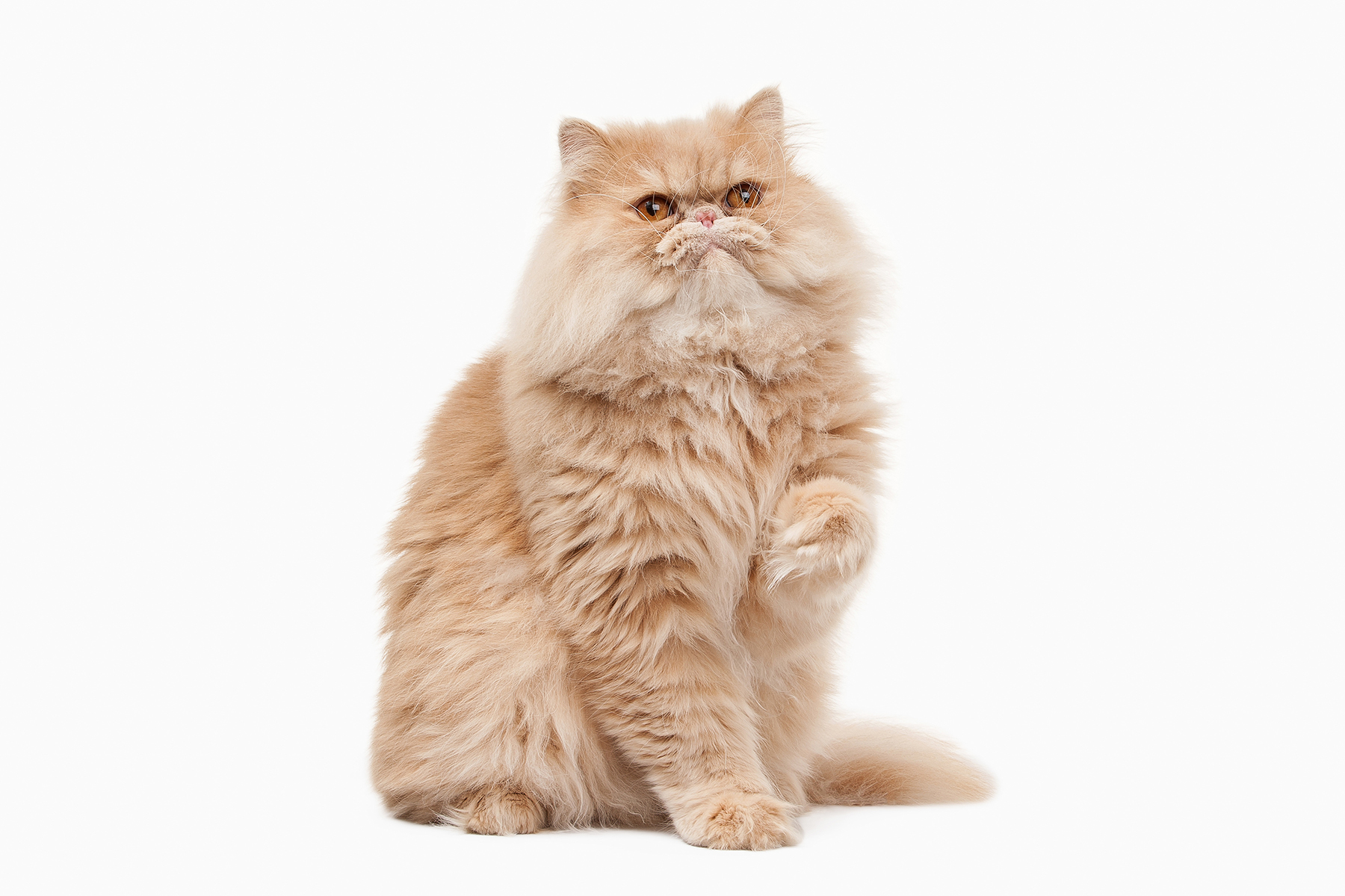Cats’ Eyes Can Reveal Serious Health Issues
Check Your Cat’s Eyes for Redness, Discharge, Squinting, or Swelling
It’s second nature for most cat owners to inspect and scrutinize their pet’s physical condition while grooming or snuggling. It’s always a good idea to do a routine home exam to make sure there’s nothing amiss; follow these tips to make sure your kitty is in tip-top shape.
The eyes can be a window into your pet’s overall health, so check them frequently. Problems with eyes can indicate everything from a virus to a head injury.

Common Cat Eye Problems
• Conjunctivitis (Pink Eye): Inflammation of the tissue around the eye. Symptoms include redness, swelling, and discharge. Often caused by viral infections like feline herpesvirus-1 (FHV-1).
• Corneal Ulcers: Scratches or injuries to the cornea. Look for squinting, light sensitivity, and eye drainage. These can worsen quickly if infected.
• Keratitis: Inflammation of the cornea, often linked to FHV-1. Causes cloudy, red, or watery eyes and may lead to vision loss if untreated.
• Glaucoma: Fluid buildup in the eye causing pressure and pain. Though more common in dogs, cats can develop it too. It may lead to blindness.
• Retinal Detachment: Often due to high blood pressure from conditions like hyperthyroidism or kidney disease. Sudden blindness and dilated pupils are warning signs.
Symptoms to Watch For & What They Might Mean
Normally, cats’ eyes are clear and shiny. The area around the eyeball should be white and both pupils the same size. The lining of the eyelids should be perfectly pink—not red or white. Take some time each day to do a routine home checkup and observe your kitty. If he rubs his eyes, squints, or otherwise demonstrates discomfort, make an appointment to get professional diagnosis and treatment.
Routine Home Checkups:
Squinting, Keeping Eyes Shut or Blinking Frequently
- Could signal pain, irritation, or a foreign object in the eye.
- Common in conditions like corneal ulcers or uveitis.
Redness in the Whites of the Eyes (Sclera)
- Indicates inflammation or infection.
- May be a sign of conjunctivitis, allergies, or glaucoma.
Swelling Around the Eyelids
- Often due to trauma, infection, or allergic reactions.
- Can also be caused by abscesses or insect bites.
Watery, Yellow, Green, or Bloody Discharge
- Clear discharge may be allergy-related.
- Yellow or green suggests bacterial infection.
- Bloody discharge could point to trauma or a serious condition.
Cloudy or Bluish Eyes
- May indicate cataracts, glaucoma, or corneal damage.
- Often seen in older cats or those with chronic illness.
Visible Third Eyelid (Nictitating Membrane)
- If it’s partially covering the eye, it could mean illness, dehydration, or eye pain.
- Persistent visibility is a red flag
Rubbing Eyes with Paws or Against Objects
- Suggests itchiness, discomfort, or foreign material in the eye.
- Risk of self-injury increases with excessive rubbing.
Light Sensitivity (Photophobia)
- Cats may avoid bright areas or squint in light.
- Often linked to corneal ulcers or uveitis.
Behavioral Changes
- Hiding, irritability, or reduced activity may accompany eye pain.
- Cats may also avoid being touched near the face.

Persian Cats
Be aware that Persians and some other cat breeds are prone to eye discharge. Use a dampened cotton ball to wipe away from the corner of the eye to clean debris and be sure to use a clean cotton ball for each eye. This may need to be done daily to make sure the crust does not harden and block tear ducts. Clip long, stray hairs out of the cat’s eyes to avoid problems. If the discharge looks abnormal, consult Dr. Whitworth.
Cats can be illusive and independent, so cat owners must be vigilant:
- Conduct home-health examinations on a regular basis to make sure your cat’s eyes are clear and bright.
- Remember to schedule regular annual physical exams with Dr. Whitworth for young felines and bi-annual visits for mature cats at Whitworth Animal Clinic in Madison, AL. They treat dogs and cats from all over north, GA including Huntsville, Decatur and Florence, AL.

